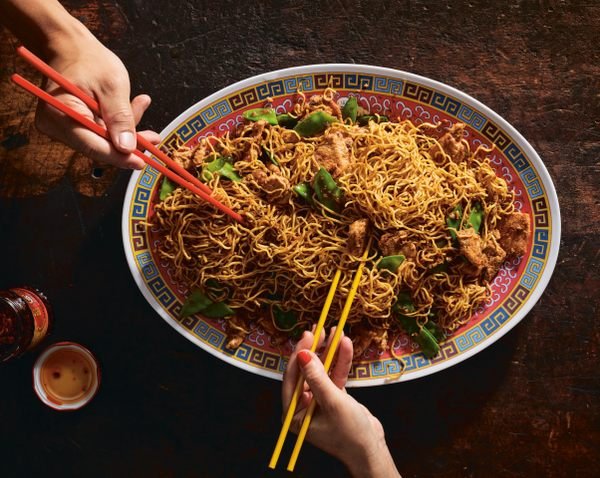In the dynamic landscape of modern gastronomy, a new trend known as third-culture cuisine is emerging, previously referred to as fusion cuisine. This trend celebrates the blending of multiple culinary traditions, reflecting the diverse identities and backgrounds of contemporary chefs and home cooks.
Unlike its predecessor, which often focused on combining distinct culinary elements from different cultures, third-culture cuisine is rooted in the authentic experiences of individuals who navigate multiple cultural identities.
This movement is not only redefining the culinary world but also helping to reintroduce and normalize ingredients like monosodium glutamate (MSG), which are now appreciated for their umami flavor rather than being stigmatized by past misconceptions.
The Origins and Significance of Third-Culture Cuisine

Third-culture cuisine originates from the concept of third-culture kids (TCKs) — individuals raised in a culture different from their parents’ or the culture of their country of nationality. These individuals often develop a unique blend of cultural practices and perspectives, which they bring to the culinary world. This culinary trend encapsulates the melding of diverse cultural influences into cohesive, innovative dishes that tell a story of identity and heritage.
One of the defining features of third-culture cuisine is its emphasis on authenticity and personal narrative. Chefs and home cooks are creating dishes that reflect their unique cultural experiences, often blending traditional recipes with modern techniques and ingredients. This approach not only produces exciting and flavorful dishes but also fosters a deeper appreciation for the cultural diversity that shapes our global society.
Reclaiming and Normalizing MSG

A significant aspect of third-culture cuisine is the reclamation and normalization of ingredients that have been unfairly demonized or misunderstood. Monosodium glutamate (MSG) is a prime example. Historically, MSG was stigmatized due to misconceptions about its health effects, often linked to the so-called “Chinese Restaurant Syndrome,” a term stemming from a letter published in the 1960s that inaccurately attributed various symptoms to the consumption of MSG.
Recent scientific studies, however, have debunked these myths, revealing that MSG is no more harmful than naturally occurring glutamate found in foods like tomatoes and cheese. As a result, chefs and food enthusiasts are re-embracing MSG for its ability to enhance umami flavors, a savory taste that adds depth and complexity to dishes. This ingredient, once shunned, is now being used creatively in third-culture cuisine to bring out the best in both traditional and innovative recipes.
Celebrating Cultural Diversity Through Food

Third-culture cuisine goes beyond mere culinary fusion by emphasizing the importance of cultural context and personal storytelling in food. It provides a platform for chefs and cooks to express their multifaceted identities and to educate others about the richness of their cultural heritage. This trend is evident in the rise of restaurants, cookbooks, and food media that highlight dishes born from the confluence of different culinary traditions.
For example, a third-culture dish might blend the techniques and flavors of Southeast Asian and Latin American cuisines, resulting in a dish that is both familiar and novel. Think of a taco filled with Korean bulgogi, topped with a tangy kimchi slaw, or a traditional Italian pasta dish infused with Indian spices. These dishes not only excite the palate but also tell a story of cultural intersection and personal heritage.
The Future of Third-Culture Cuisine

As the world becomes increasingly interconnected, third-culture cuisine is poised to play a significant role in shaping the future of food. This trend encourages experimentation and openness, inviting both chefs and diners to explore and appreciate the vast array of flavors and techniques that different cultures have to offer. By celebrating and normalizing diverse culinary traditions, third-culture cuisine fosters a more inclusive and enriched food culture.
In conclusion, third-culture cuisine represents a vibrant and inclusive culinary movement that honors the complexities of cultural identity and heritage. By blending diverse culinary traditions and embracing ingredients like MSG, which enhance flavor without carrying outdated stigmas, this trend offers a fresh and exciting perspective on what it means to cook and eat in a multicultural world. As more people embrace their cultural narratives through food, third-culture cuisine will continue to enrich our global gastronomic landscape, one delicious dish at a time.
